Bleach business is full of profit, but before starting, you need to have prior information about the bleach product, whether it is chlorine free or not, and different bleach instructions.
Bleaching chemicals, solid or liquid, are used to bleach or remove the natural color of fibers, yarns, other fabrics and paper.
In textile refining, the bleaching process is used to produce white fabrics, prepare fabrics for other finishes, or remove discoloration caused by other processes.
Bleach is also used as a disinfectant due to its microbiological properties. Chlorine, sodium hypochlorite, calcium hypochlorite and hydrogen peroxide are commonly used bleaching agents. Chlorine-free bleaches have advantages over bleach.
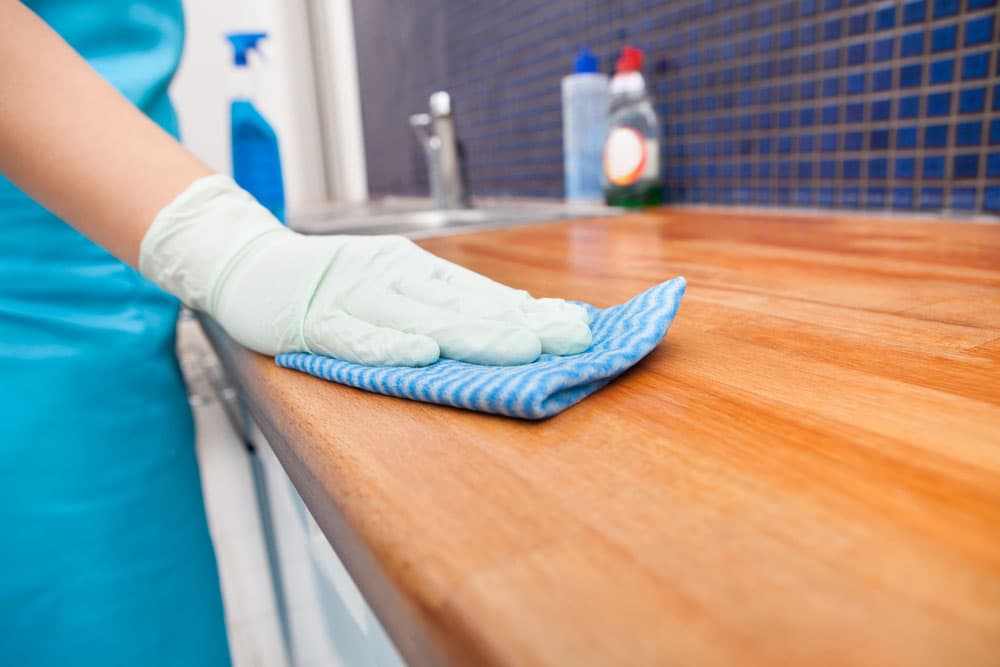
The most important of them is the possibility of using colored clothes, like tap water does not damage the fabric fibers and also has a high durability.
Its performance is a little longer than the classic bleach, but its effect is proven.
The only downside is that chlorine-free bleaches such as water-based bleaches cannot be used on all fabrics such as silk, wool, rayon, and the like. Therefore, before washing and bleaching, carefully read the information and signs on the clothing label.
Green Size chlorine-free bleach can be used on fabrics of all colors, as well as floors and tiles in general. It is an effective cleaner for removing stubborn stains such as coffee, red wine and food residue.
When washing clothes, it is used together with washing powder, which creates an excellent synergy in the washing process.
Clothes washed with non-chlorine bleach should be dried in the shade, not in direct sunlight. If you apply the product directly to the fabric, try to wash it before drying it.
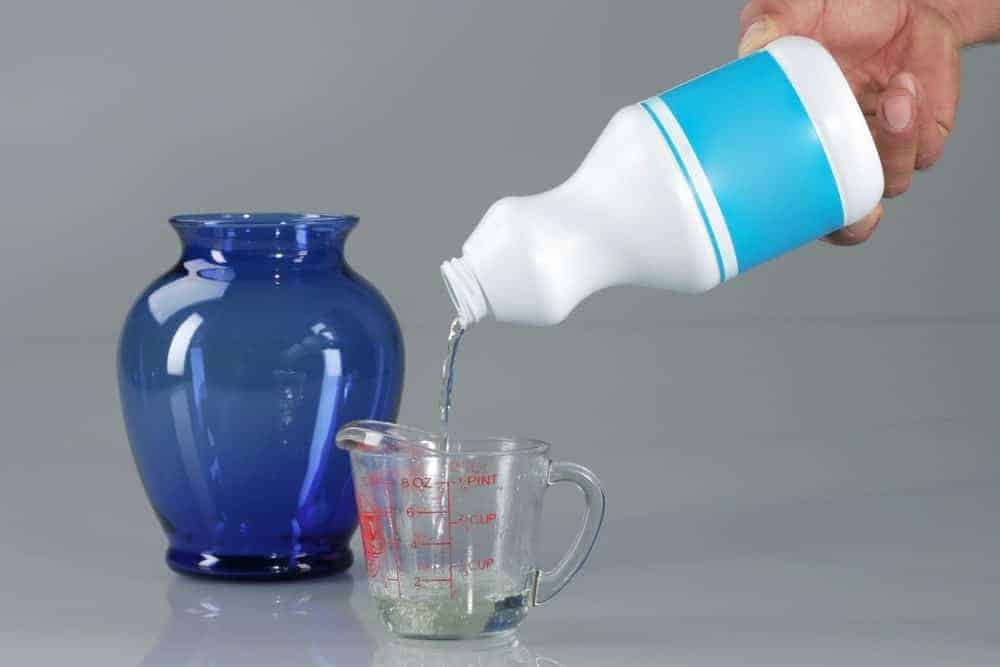
bleach solution for cleaning
Bleach is a solution of some chemicals to clean fabric, clothes, surfaces, etc. and customers can choose the best products based on their needs and ability to pay.
You can also make a homemade bleach for cleaning white surfaces and clothes:
White furniture:
Sprinkle baking soda all over the sofa and let it sit on the surface of the sofa for 20-30 minutes to soften the stains for cleaning.
Clean the surface of the sofa again with baking soda.
Add 2-3 drops of liquid soap to about 4 cups of water and completely remove the fabric stains on the sofa with the cleaning solution and linen cloth.
Use a dry cloth to remove the moisture from the sofa fabric.
Towel:
Usually, every house has towels, pool towels, bath towels and bath towels in different colors and sizes, but some people choose white towels according to their taste.
Some people are allergic to detergents and their skin becomes red and itchy when used. We recommend using vinegar instead of detergent.
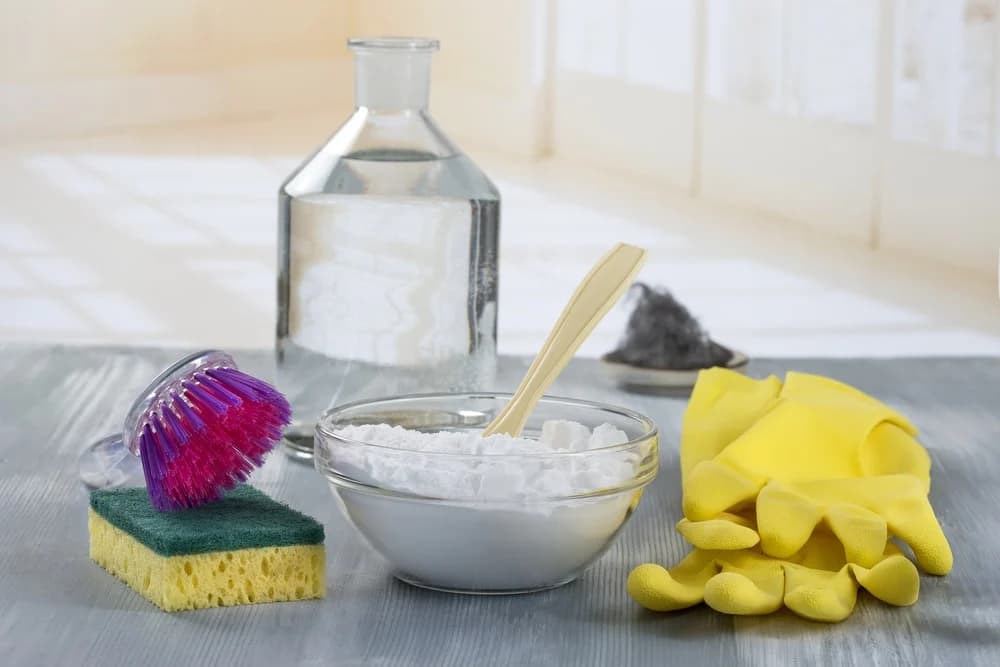
Walls:
If you are part of a family with children, you must have come across smudges like pencils, ink or fingerprints on your walls once or twice.
To remove pencil marks, use an eraser and then remove the remaining marks with foam, sponge and towel.
Remove pencil stains from the wall with an old toothbrush and some toothpaste.
To remove pastels, pencils and colored pencils from a plastered wall, dissolve baking soda in water and wipe the wall with a cotton swab.
To remove the ink stain from the wall, first pour a little lemon juice on the desired area and after a few minutes, wipe it with a paper towel.
Sheets and tablecloths:
To remove stains from white sheets and quilts:
Add some baking soda to your laundry detergent to lighten the stain and reduce the effect of the detergent on the fabric.
Apple cider vinegar can easily remove sweat and deodorant stains from white sheets.
Silk and white curtains:
White and silk lace curtains bring light into the home and create a beautiful effect in the living room or bedroom.
You can also use salt and baking soda to whiten and lighten your curtains.
Remove the curtain from the bowl or container and place it on a clean towel or cloth to drain excess water from the mesh or silk curtain.
guidelines in using bleach
Whitening products contain harmful chemicals that may lead to skin problems, so before using them, you should carefully read the instructions on the packaging.
Soak white clothes in a bucket of cold water and add a little bleach to it.

Leave the clothes in the bucket for about 10 minutes and take them out to rinse at the end. Then hang the clothes outside to dry. To better understand the process of using bleach, follow the steps below:
Step 1 – Prepare a container, fill it with water and soak your clothes. The washing container can be a basin, bucket or any other suitable and stable container. Make sure that the container you choose is big enough for you to have no problem wetting, moving and washing your clothes.
Step 2: Pour the bleach into the container you soaked your white shirt or dress in. Brands and types of bleach should be used in different ways and in different amounts due to different concentrations. You can check the instructions on the bleach bottle to find out how much to use on your clothes. As a rule, one cup of bleach is enough for three and a half liters of water.
Step 3 – Mix the fabric, bleach, water and other ingredients in a bowl. You should make sure that your clothes are evenly and regularly soaked in water. To do this, shake the contents of the container every few minutes.
Step 4 – Use cold water to wash your clothes. After soaking white clothes for 10 minutes, bleach and other detergents should be removed from the clothes so that unpleasant substances do not remain between the fabric fibers. Take shirts and other white clothing out of the trash and rinse under cool running water before drying.
Step 5 – Collect the excess water and dry the cloth. Take out the clothes to remove excess water. Dry clothes by placing them on the dryer or using a clothes dryer outside.
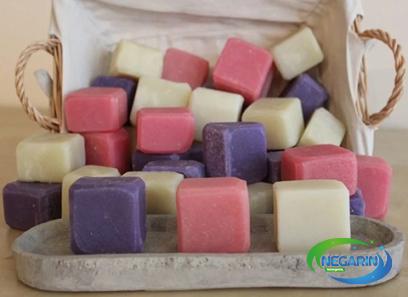
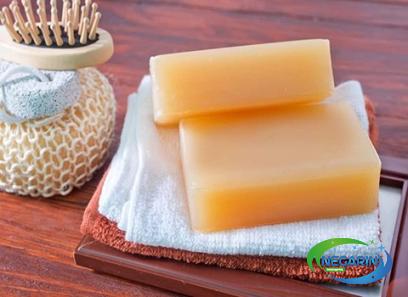
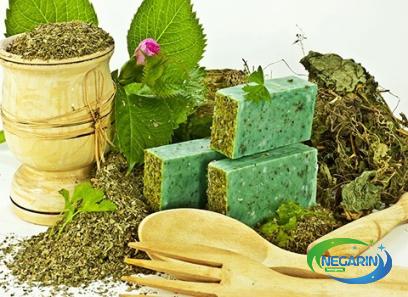
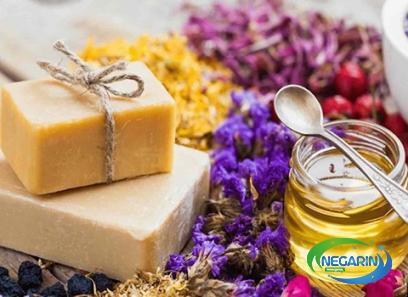
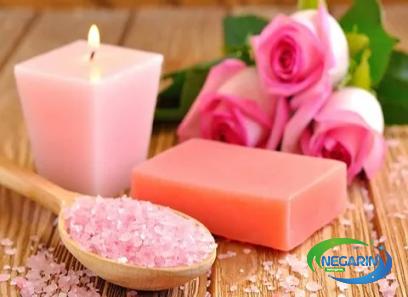
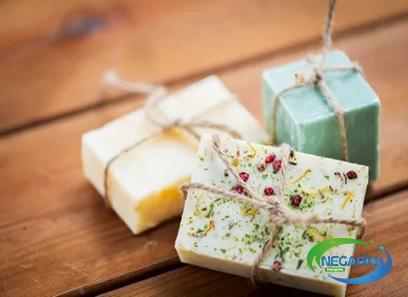
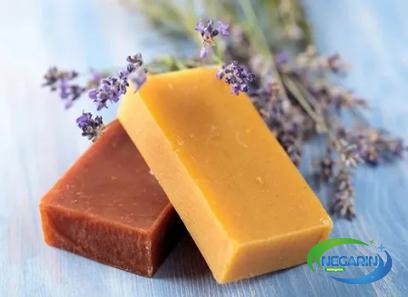
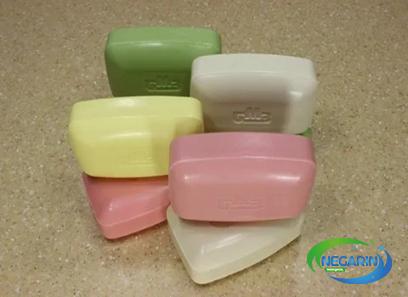
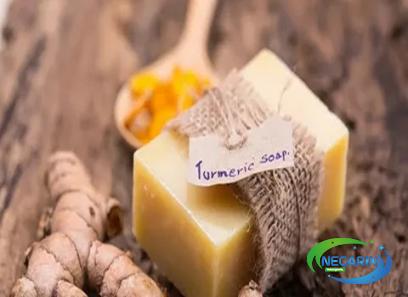
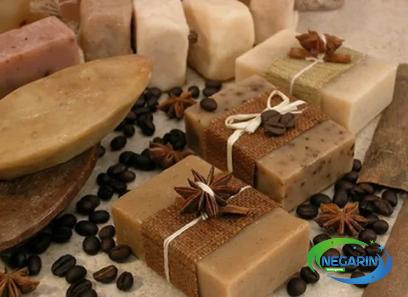
Your comment submitted.